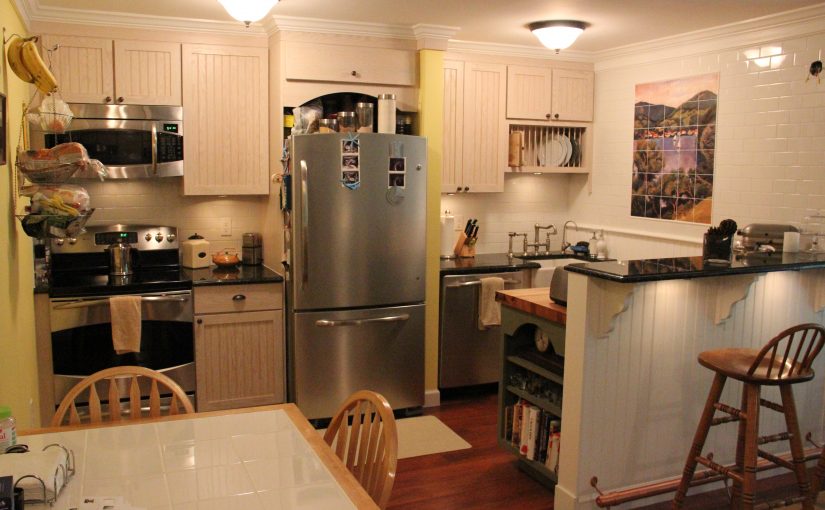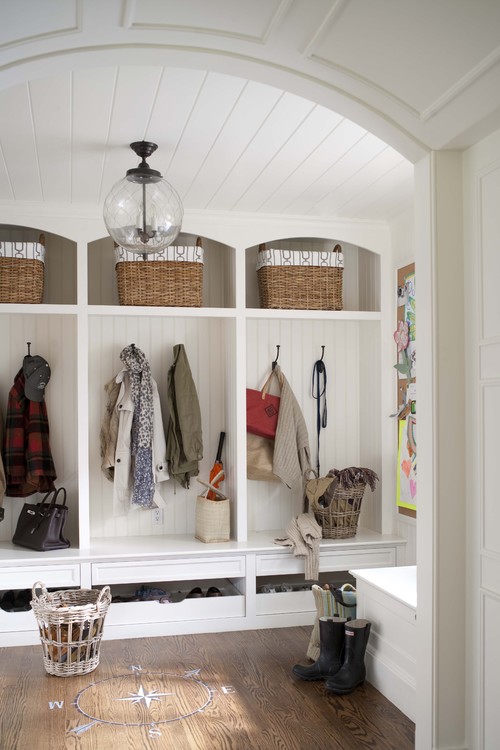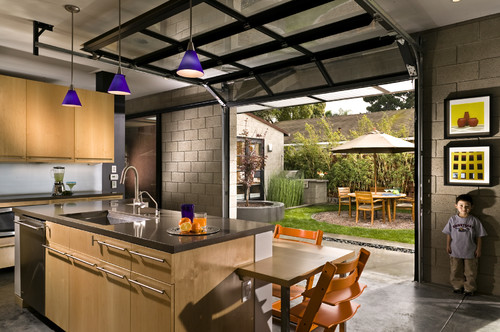Tips to help you save on Spring home improvement projects:

To make the most of your home improvement projects this spring, take these five steps:
1. Define what you want to do. Be precise and detailed in exactly what you want to accomplish. Going into a home improvement project without a clear vision of the end result means you’ll be making decisions on the fly – and that’s the type of decision-making that can become costly. Knowing exactly what the scope of your project will be can help you better estimate the costs and stay on track with your budget and objectives.
2. Decide if you can do it yourself or need to hire a pro. Yes, DIY can save you dough, but only if you can do the job right the first time. Fixing mistakes can cost more in the long run than hiring a professional. Be honest with yourself about your DIY capabilities, and if a project is beyond your scope, look for a pro to help.
3. Make sure you’re hiring a reputable contractor. While the majority of home improvement contractors are honorable and just trying to earn an honest living, there are also less reliable ones out there, too. Doing business only with companies or contractors who are licensed and bonded can help you weed out the scam artists. Always seek independent reviews of any contractor you may hire. Don’t just rely on the references he or she provides.
4. Create a budget for your project, communicate it to your contractor and make sure he or she understands you’re committed to staying on budget. Good contractors know how to balance quality concerns and cost constraints and will work with you to avoid cost overruns. Your budget should lay out how much you will spend on materials and labor, with some “wiggle room” left over to cover emergencies or necessary changes.
5. Check your credit. It would be great to pay cash for everything your home needs, but it’s not always possible. It’s likely you’ll need to fund larger projects with credit, so it’s important to understand your credit status before you apply for any kind of loan or line of credit. Knowing your credit score and what’s on your credit report can help you better understand the likelihood of you getting the loan you need and what terms you might expect to get on a loan.
Spring is a great time to make improvements that will increase your home’s resale value and your enjoyment of your home. It’s important to make wise decisions about how you’ll manage and fund your home improvement projects, so that when the work is done, you’re left with a better home – and as little debt as possible.
Contact us at 914-576-2572 to schedule your free in home estimate. We’ll make sure we work within your budget while providing the best quality craftsmanship!













